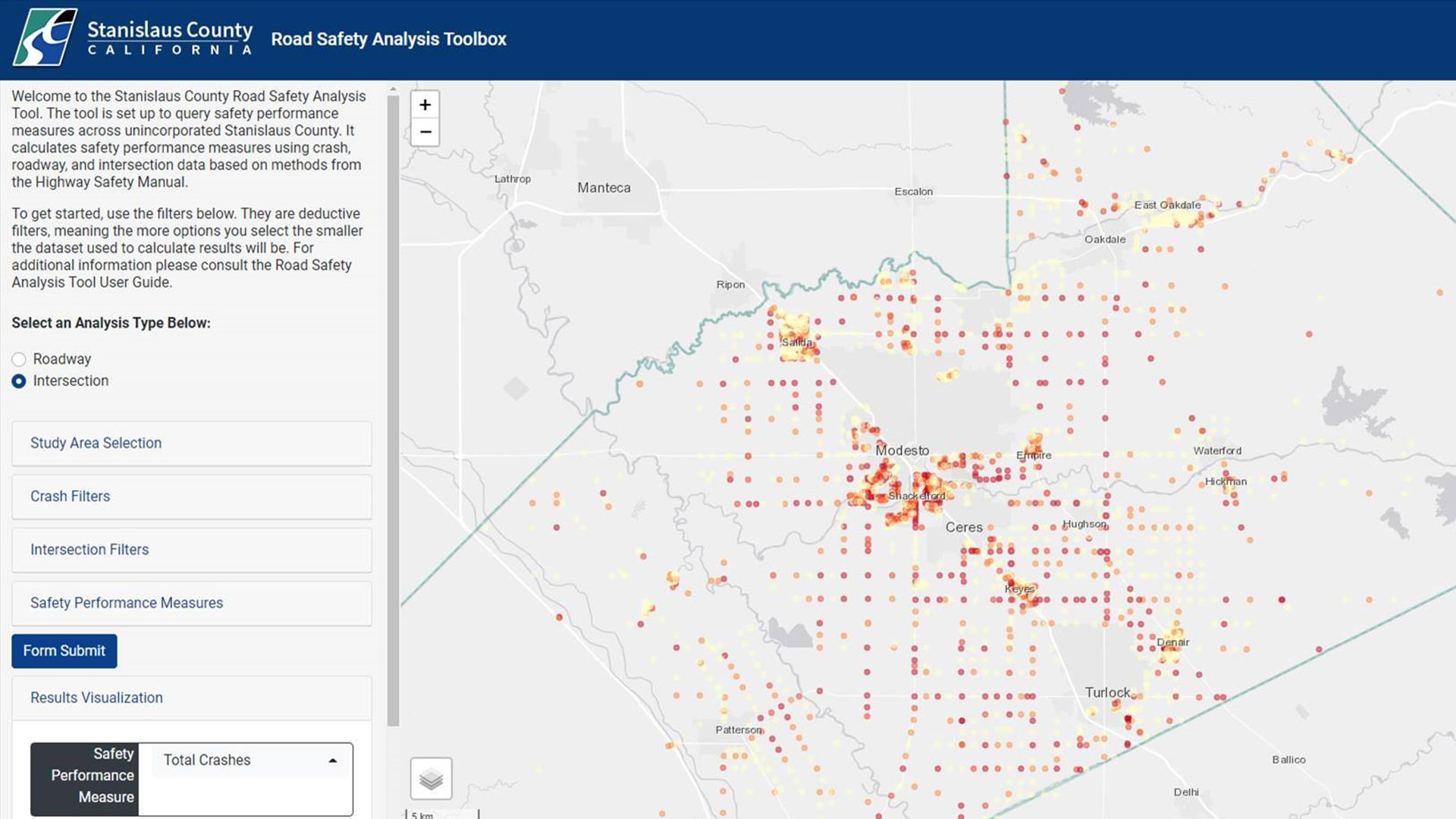Challenge
The Lake Tahoe region experiences huge fluctuations in traffic throughout the year, ranging from peak periods with congestion to non-peak periods when not much roadway capacity is necessary. The Tahoe Regional Planning Agency (TRPA), which is composed of several jurisdictions in both California and Nevada, sought to address these fluctuations in traffic without overbuilding and while providing more facilities and safer conditions for bicyclists and pedestrians. Another unique challenge was meeting the regulatory and environmental constraints of two states.
Solution
Kittelson conducted a safety analysis of the Lake Tahoe region that identified systemic risk factors across the region and priority locations for safety improvements. For the highest priority locations, our team developed 30% design plans and Highway Safety Improvement Program (HSIP) applications to help the TRPA secure funding for improvements.
Kittelson also worked with TRPA to address the unique challenges of working with multiple agencies across two states. To help establish data consistency for safety within region, our team identified opportunities for future improvements on how crash data is collected and reported. We developed a performance-based evaluation methodology and spreadsheet tool for TRPA and its partners to use for evaluating multimodal safety projects within TRPA’s boundaries. We also led project development team meetings to generate buy-in and achieve project goals.
The Outcome
A Safety Plan that Spans States and Seasonal Changes

Kittelson’s analysis was incorporated into a broader Lake Tahoe Region Safety Strategy, identifying opportunities for improving coordination between jurisdictions, addressing safety across the region, and standardizing crash data from two state databases. The plan also identified opportunities to standardize design volume analysis methods for the area based on a collaborative project development team process. TRPA has been applying the evaluation methodology and tool on current projects, and our efforts have helped agencies in the region secure HSIP funding.



